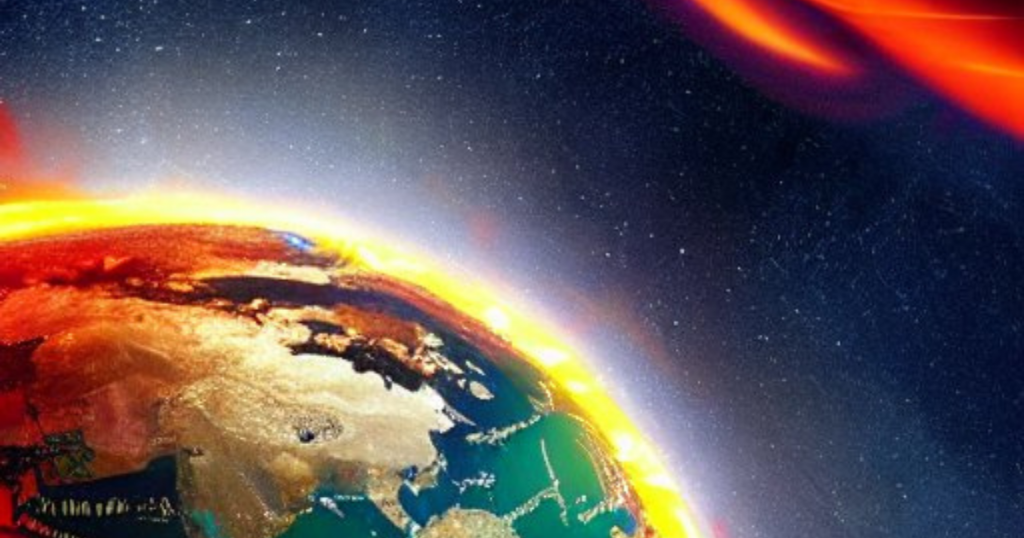Utilizing an AI neural network that recognizes relationships in vast sets of data, scientists from Stanford University & Colorado State University have come up with an uncanny prediction.
The scientists used the system to analyse a wide array of global climate model simulations and then asked it to determine timelines for given temperature thresholds.
The model expects that in the next 10 years, temperatures are likely to rise by at least 1.5C over industrial levels, as well as a 50% chance that a 2C increase will be experienced before 2050.
“We have very clear evidence of the impact on different ecosystems from the 1C of global warming that’s already happened”, said Noah Diffenbaugh, one of the researchers at Stanford University. “This new study, using a new method, adds to the evidence that we certainly will face continuing changes in climate that intensify the impacts we are already feeling.”
The AI model determined a high probability, around 70%, that the two-degree warming limit would be exceeded between 2044 and 2065, even if there is a rapid reduction in emissions. To test its accuracy, the researchers also entered historical data and asked the model to evaluate the current levels of warming. With data from 1980 to 2021, the AI was able to accurately identify both the 1.1 degree Celsius increase observed by 2022 and the patterns and speed of warming seen in recent years.
“Our AI model is quite convinced that there has already been enough warming that 2C is likely to be exceeded if reaching net-zero emissions takes another half-century,” said Diffenbaugh. “Net-zero pledges are often framed around achieving the Paris Agreement 1.5C goal,” he added. “Our results suggest that those ambitious pledges might be needed to avoid 2C.”
Although 1C doesn’t seem like much, the impacts of a single degree of warming can be disastrous.
Rising sea levels, more frequent and intense heatwaves, changes in precipitation patterns, increased risk of wildfires, decline in crop yields, disruption to ecosystems, loss of biodiversity, increased risk of water scarcity, and more severe natural disasters such as hurricanes, droughts and floods are just a few of the risks earth faces.
These impacts can have serious consequences for both the environment and human society. It is important for global efforts to be made to reduce emissions and limit further warming to protect our planet.





















